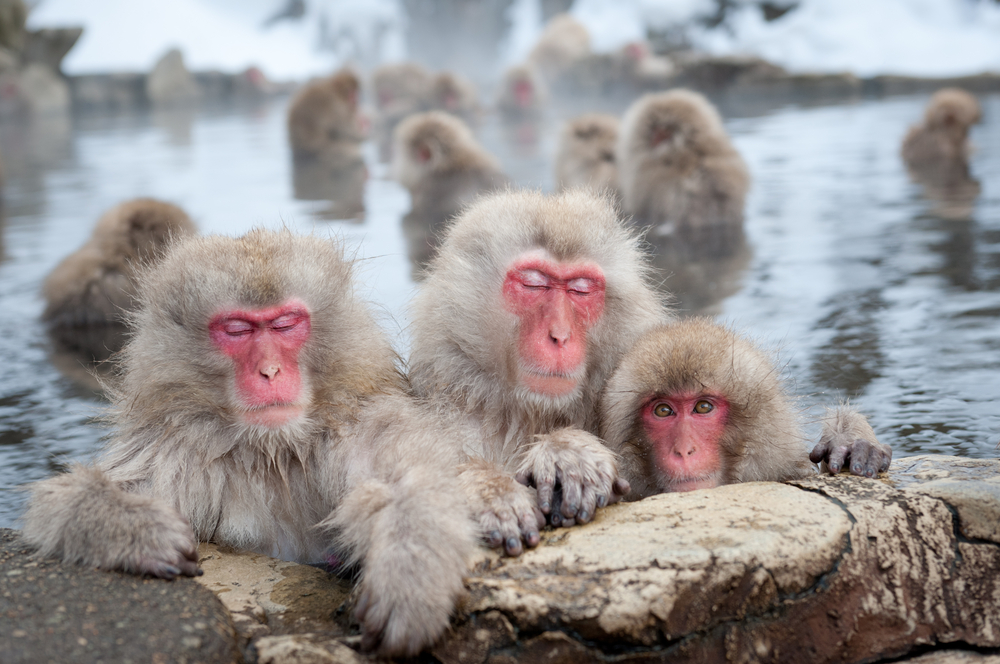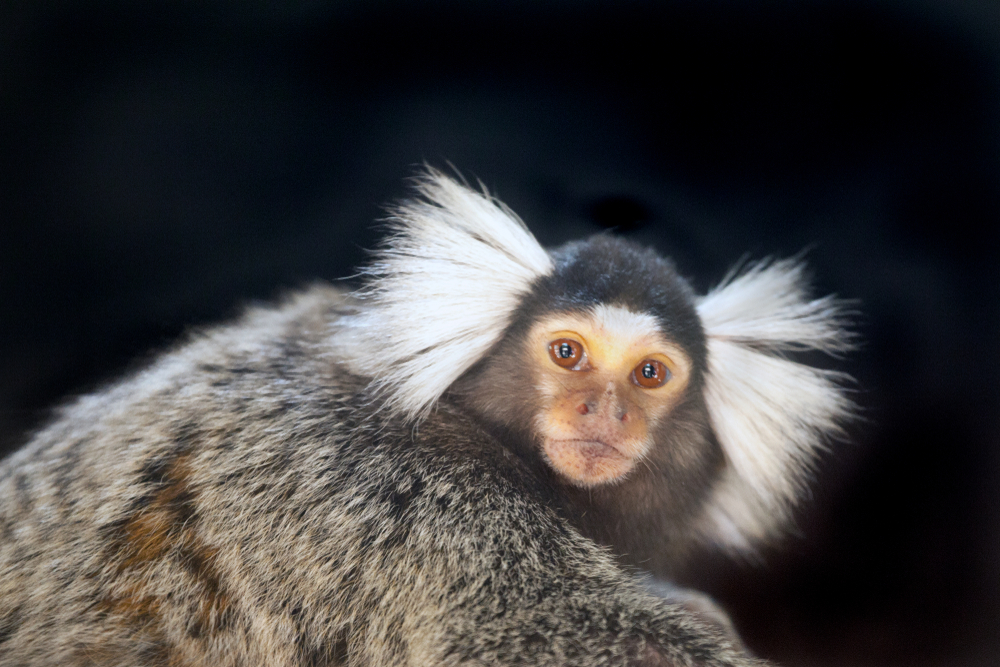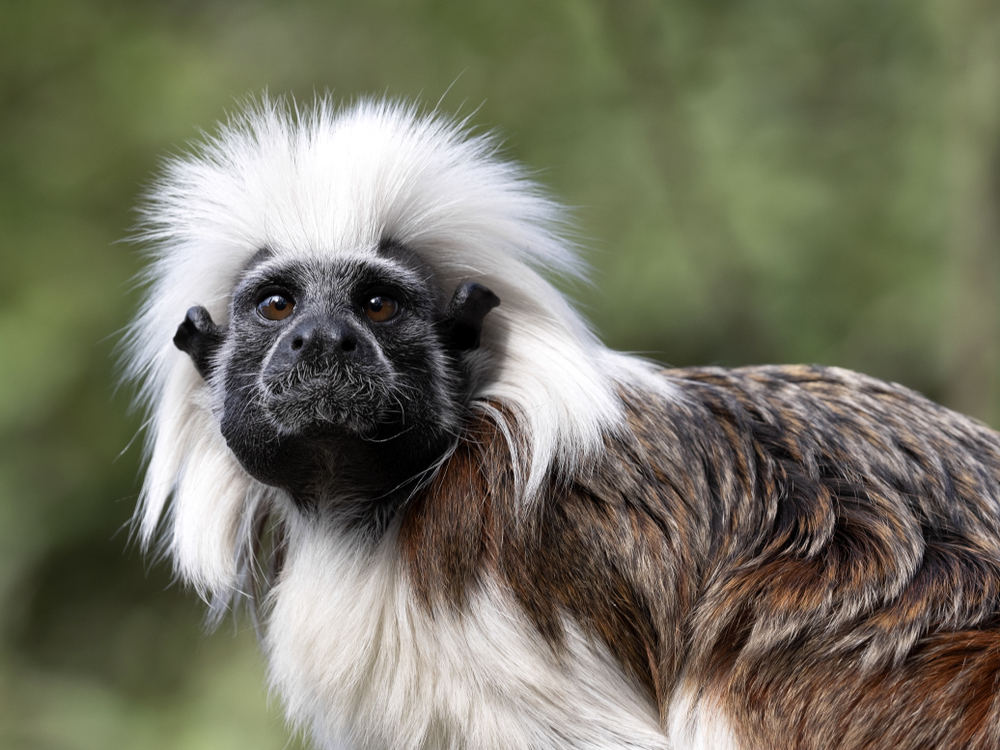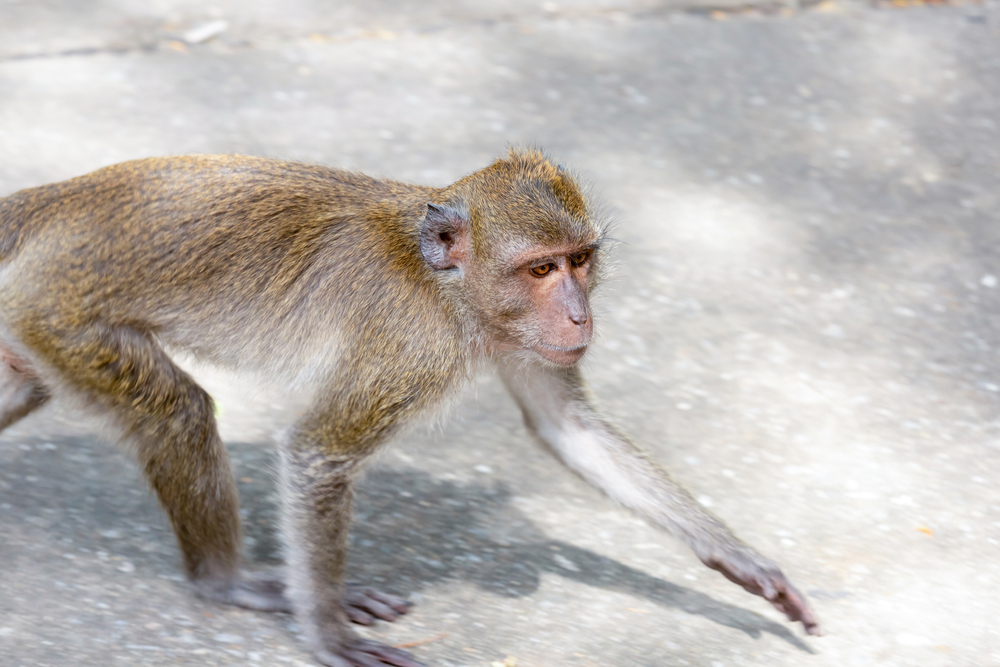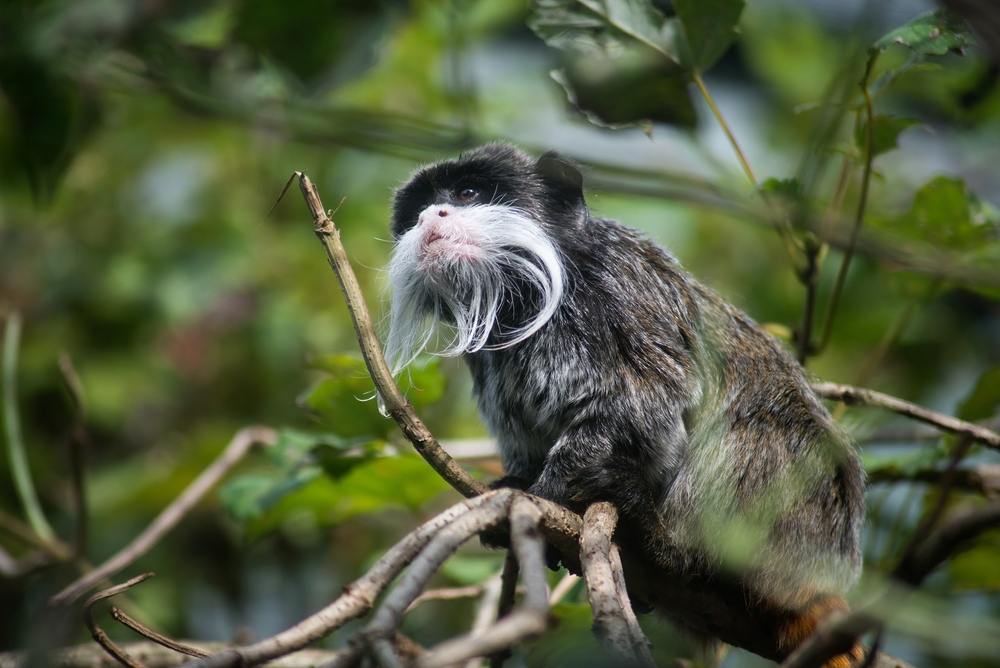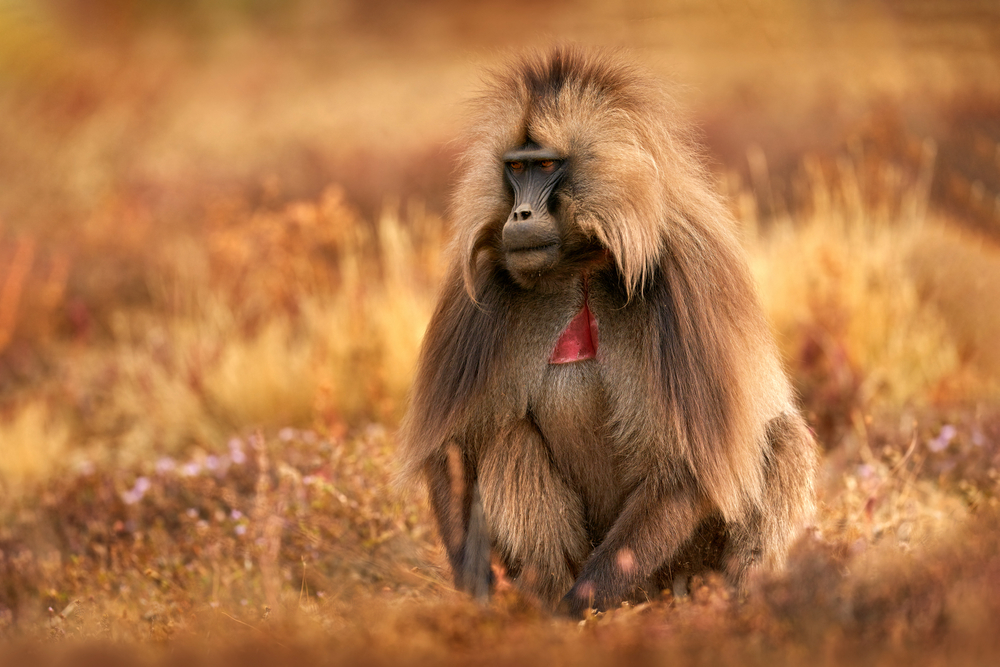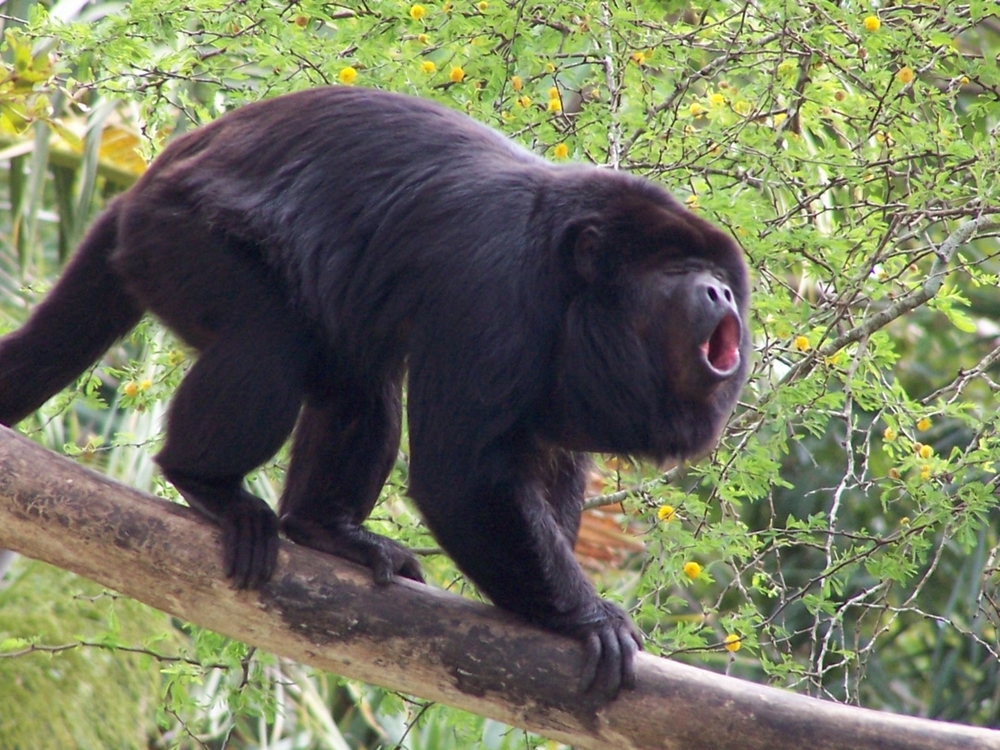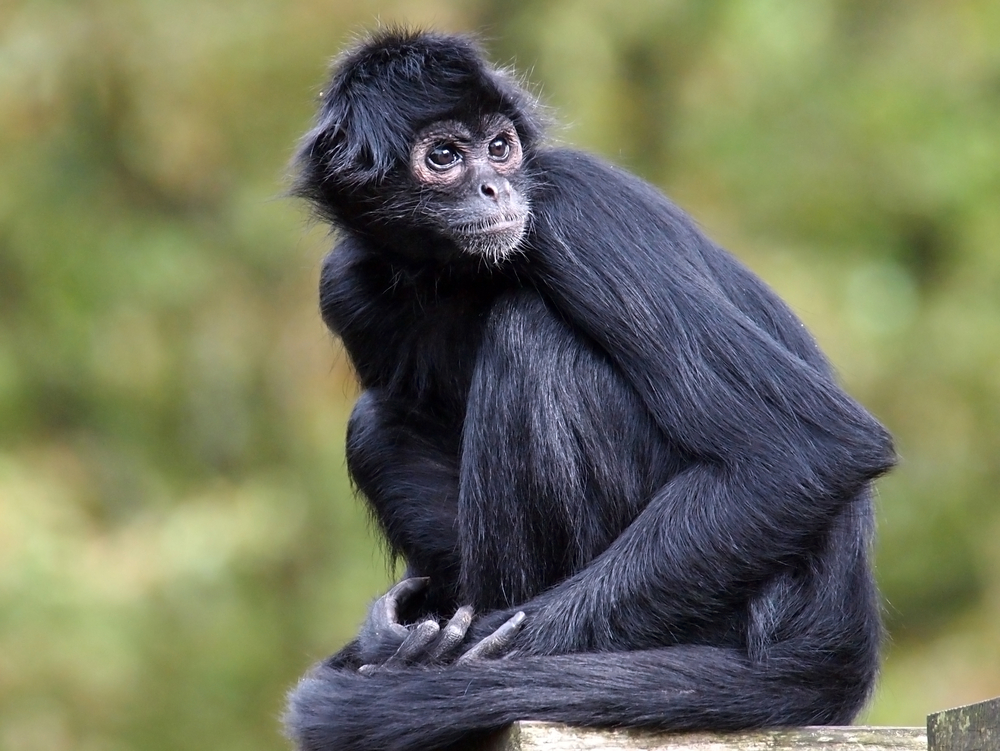About
The Japanese macaque (Macaca fuscata), also known as the snow monkey, is a highly intelligent and adaptable primate native to Japan. A member of the Cercopithecidae family, it is the northernmost-living non-human primate in the world, thriving in environments ranging from subtropical forests to snow-covered mountains. These macaques are particularly famous for their behavior of soaking in natural hot springs during winter—a behavior first observed in the Jigokudani region and widely publicized.
Japanese macaques are medium-sized monkeys, with males weighing around 11–14 kilograms (24–31 pounds) and females about 8–9 kilograms (18–20 pounds). They have thick, brown-gray fur that protects them from the cold, short tails, and expressive red faces that become more vibrant during mating season. Their dexterous hands allow for fine manipulation of food and tools, which they sometimes use to wash food or engage in play.
These macaques live in matrilineal troops that can range from a few dozen to over a hundred individuals. Troops are highly social and hierarchical, with females remaining in their natal groups and males dispersing at maturity. Grooming is an essential part of macaque life, reinforcing social bonds and easing tension.
Their omnivorous diet includes fruit, seeds, bark, insects, and seasonal vegetation. In colder regions, they adapt by eating roots, winter buds, and even soil minerals. Japanese macaques are excellent swimmers and climbers, able to navigate both trees and rocky terrain.
Classified as Least Concern by the IUCN, the species is widespread and protected in Japan, though some populations face habitat conflict due to crop raiding and human encroachment.
Threatened:
Extinct
Critically Endangered
Endangered
Vulnerable
Near Threatened
Least Concern



































































